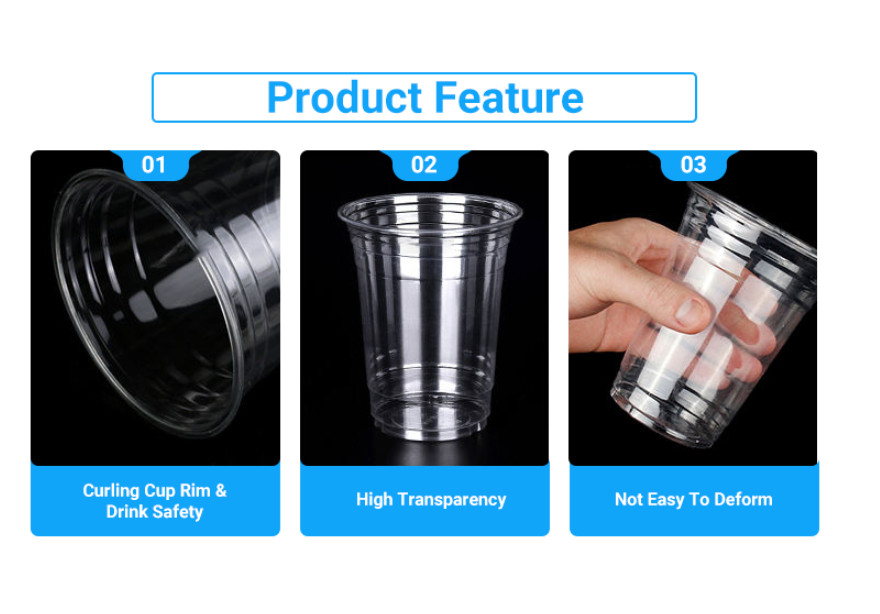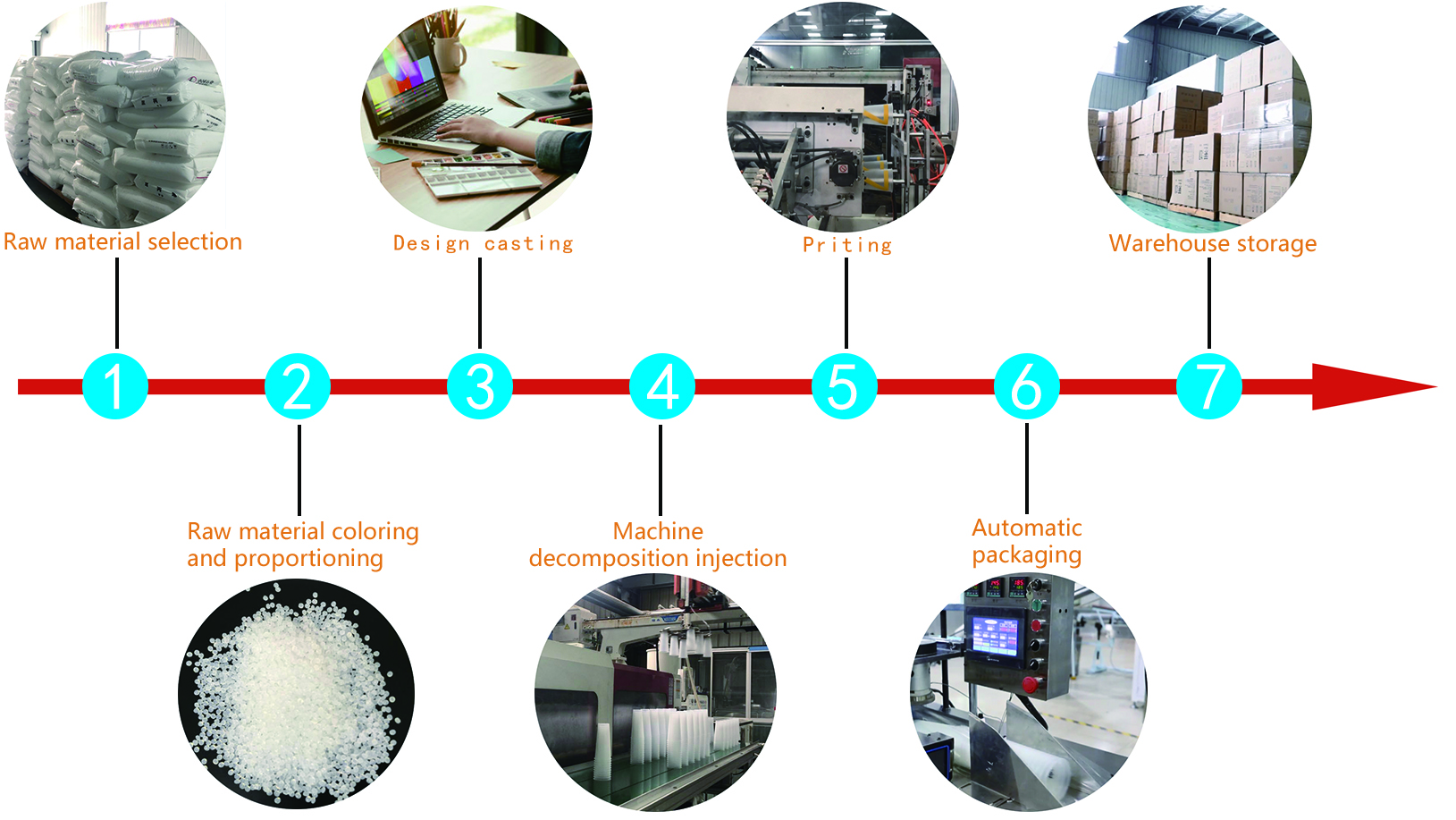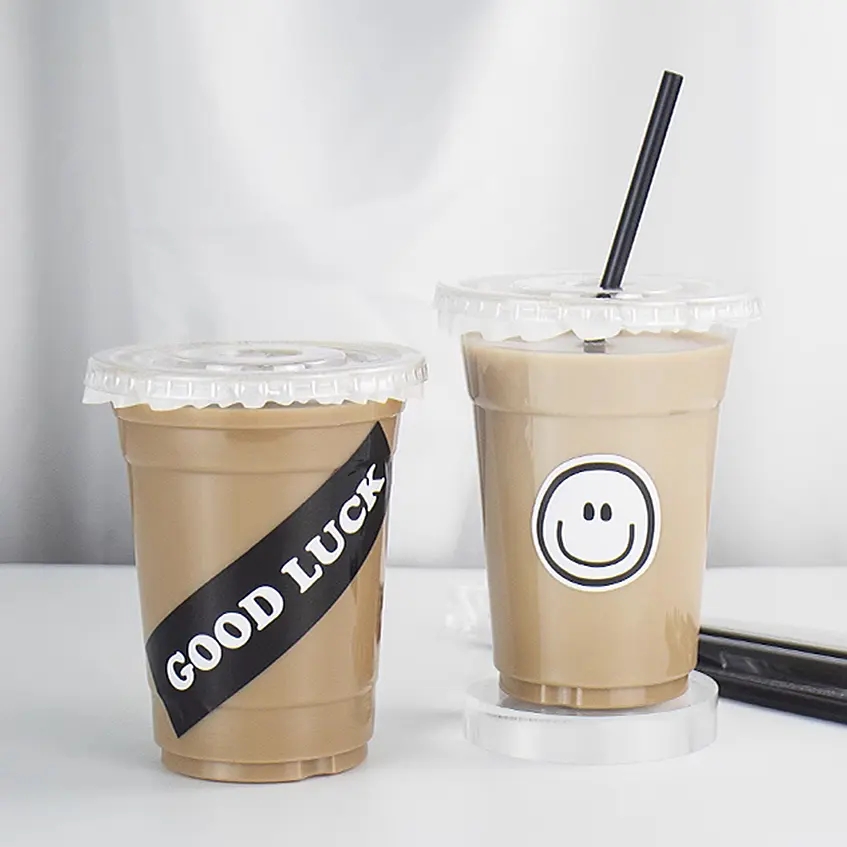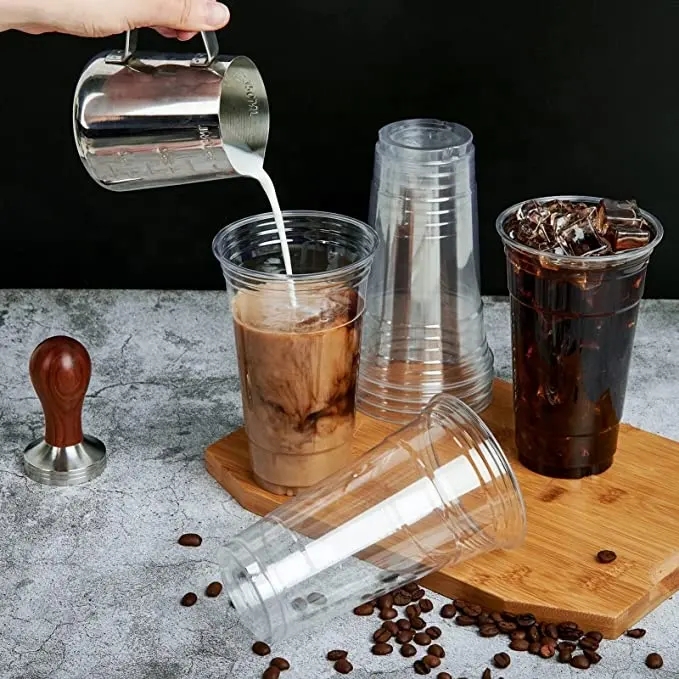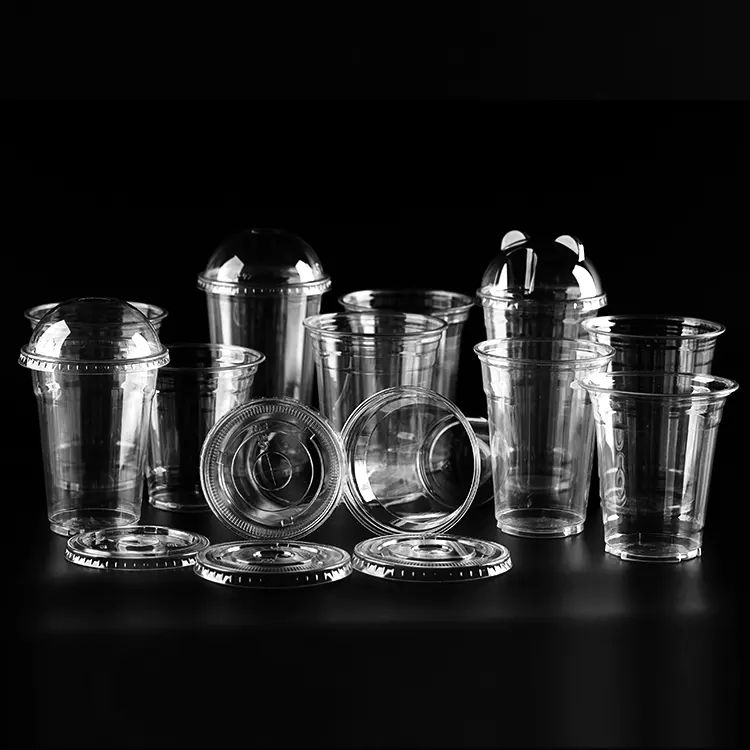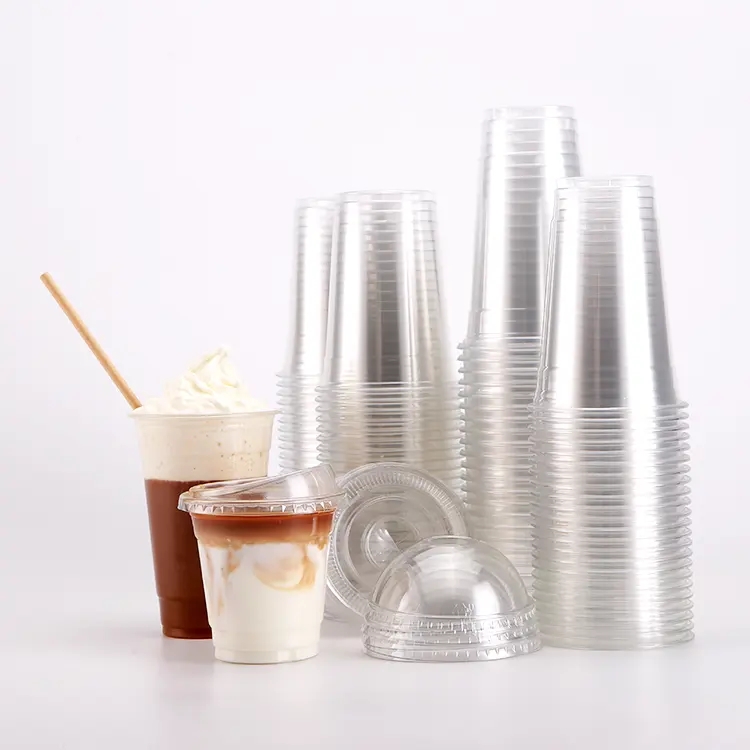Plastic Coffee Cups: Pioneering Sustainable Solutions for a Greener World
Introduction:
Plastic coffee cups have emerged as pioneers in the quest for sustainable solutions in the beverage industry. While once associated with environmental concerns, these cups are now leading the charge towards a greener world. In this article, we will explore the innovative measures and sustainable practices adopted by plastic coffee cups, as they become trailblazers in the pursuit of a more eco-friendly and responsible future.
1. Plant-Based Bioplastics:
At the heart of the sustainability revolution is the shift towards plant-based bioplastics. Plastic coffee cups are increasingly crafted from biodegradable and compostable materials sourced from renewable plant resources. These bioplastics offer the same convenience as traditional plastics while ensuring a reduced environmental impact, as they break down naturally over time.
2. Closing the Loop:
Plastic coffee cups are embracing a circular economy approach, closing the loop on waste. Recycling initiatives are gaining momentum, ensuring that used cups are collected, processed, and reintegrated into the production cycle. By adopting circular economy practices, plastic cups reduce their carbon footprint and minimize their contribution to landfill waste.
3. Reusable Revolution:
As part of the sustainability drive, reusable plastic coffee cups have become a popular choice among eco-conscious consumers. Durable and stylish, these cups encourage coffee lovers to reduce single-use waste. Cafes and coffee shops are also offering incentives to customers who bring their reusable cups, fostering a culture of sustainability.
4. Designing for Sustainability:
Innovative design plays a significant role in shaping the future of plastic coffee cups. Sustainable design principles focus on optimizing material usage, ensuring recyclability, and creating long-lasting cups. These design innovations are driven by a commitment to reducing the environmental impact of plastic cups while maintaining their functionality.
5. Collaborating for Change:
Plastic coffee cups’ journey towards sustainability involves collaboration between various stakeholders. Governments, businesses, environmental organizations, and consumers are coming together to effect positive change. Regulations and policies are encouraging eco-friendly practices, while businesses are engaging in eco-conscious initiatives to meet consumer demand for greener options.
6. Driving Consumer Awareness:
The transition to sustainable plastic coffee cups is fueled by consumer awareness and education. An informed and environmentally conscious public is demanding eco-friendly alternatives and driving companies to adopt more sustainable practices. By making conscious choices, consumers become catalysts for change, influencing the industry towards greater sustainability.
Conclusion:
Plastic coffee cups are redefining their identity as pioneers of sustainability, leaving behind the days of environmental concern. Through the adoption of plant-based bioplastics, circular economy practices, reusable initiatives, and innovative design, these cups are making significant strides towards a greener world. As we raise our cups to our daily coffee rituals, let us also raise our voices in support of a sustainable future. Plastic coffee cups are leading the way, proving that positive change is possible, one cup at a time. Together, let us continue to innovate and collaborate, as we march towards a more sustainable and responsible tomorrow.



